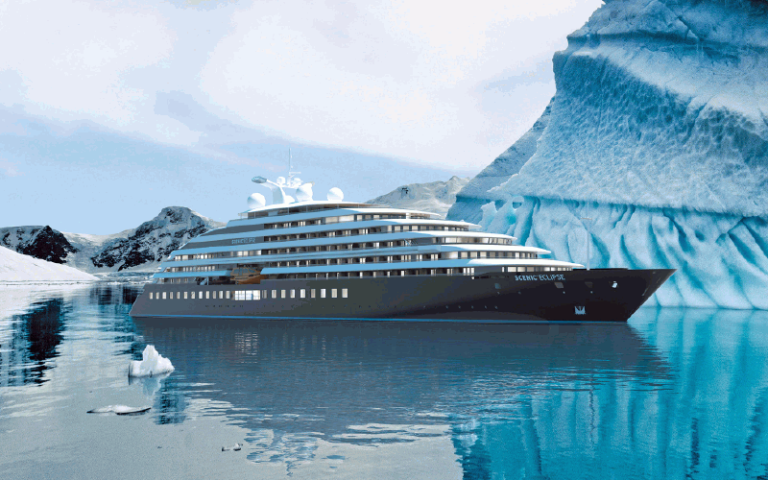Who Discovered the Sea Route to India in 1498
In 1498, the Italian explorer Christopher Columbus embarked on a journey that would change the world forever. He set sail from Spain in search of a new route to India and instead discovered the Americas. This accidental discovery led to the European colonization of the New World and sparked centuries of conflict between different cultures.
Although Columbus is often credited as the discoverer of America, it was Native Americans who first inhabited the continent.
Italian explorer Christopher Columbus discovered the sea route to India in 1498. He set sail from Spain to find a westward route to the East Indies. Instead, he landed in the Caribbean and then Central and South America.
Although he didn’t find what he was looking for, his voyage opened the Americas to European exploration and colonization.
Who Discovered the Sea Route to India And in Which Year?
The Portuguese explorer Vasco da Gama discovered the sea route to India in 1498. This was a significant achievement, allowing direct trade between Europe and Asia for the first time. King John II of Portugal sponsored da Gama’s expedition, which took him nearly three years to reach India.
He sailed around the Cape of Good Hope, located at the southern tip of Africa, before arriving in Calicut (now Kozhikode) in southwestern India. The journey was long and treacherous, but it opened up a new era of trade and cultural exchange between East and West.
Who Discovered the Sea Route of India Class 8?
In 1498, Vasco da Gama discovered the sea route to India. This was a major achievement as it opened up trade between Europe and India. Before this, the only way to get to India was by land, which was very dangerous and time-consuming.
Da Gama’s discovery made it easier for European countries to trade with India.
When Did Vasco Da Gama Discovered Sea Route to India
In 1497, Portuguese explorer Vasco da Gama became the first to sail directly from Europe to India. This was a significant achievement because, at the time, all trade between Europe and Asia had to go through Arabia or Persia, adding considerable time and cost to the journey. King Manuel I of Portugal sponsored da Gama’s expedition to find a sea route to India, so Portuguese ships could bypass Arabia and Persian territory.
After leaving Lisbon in July 1497, da Gama’s fleet reached Africa in late October. They continued down the coast of Africa, stopping at present-day Mozambique before finally reaching India in May 1498. The journey took almost a year and cost many crew members their lives due to disease and hostile encounters with Arabs.
However, it was a resounding success and opened up an entirely new trade era between Europe and Asia.
Conclusion
In 1498, the Portuguese explorer Vasco da Gama discovered the sea route to India. This was a significant achievement as it allowed for trade and travel between Europe and Asia. Da Gama’s voyage was not without its challenges, and he faced many dangers along the way.
But ultimately, his expedition succeeded and opened up new opportunities for Europe and Asia.


